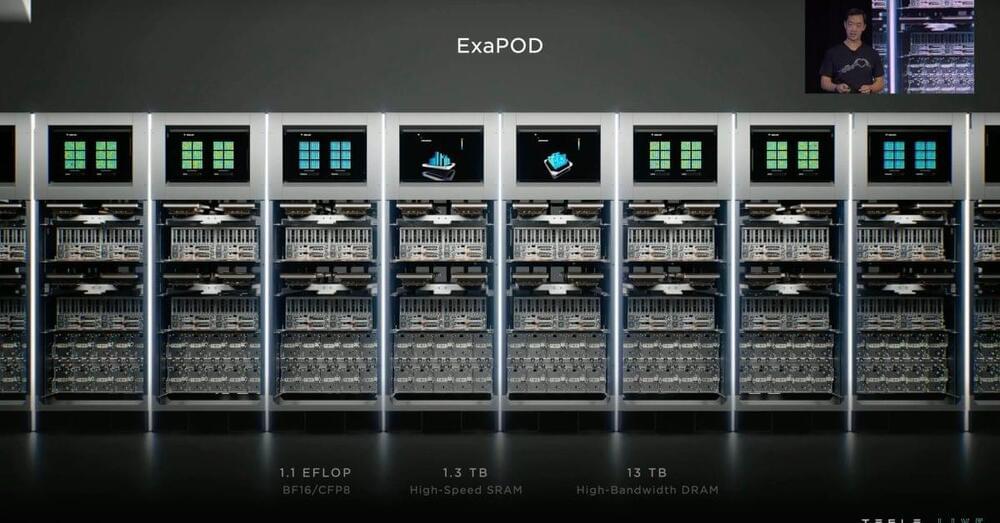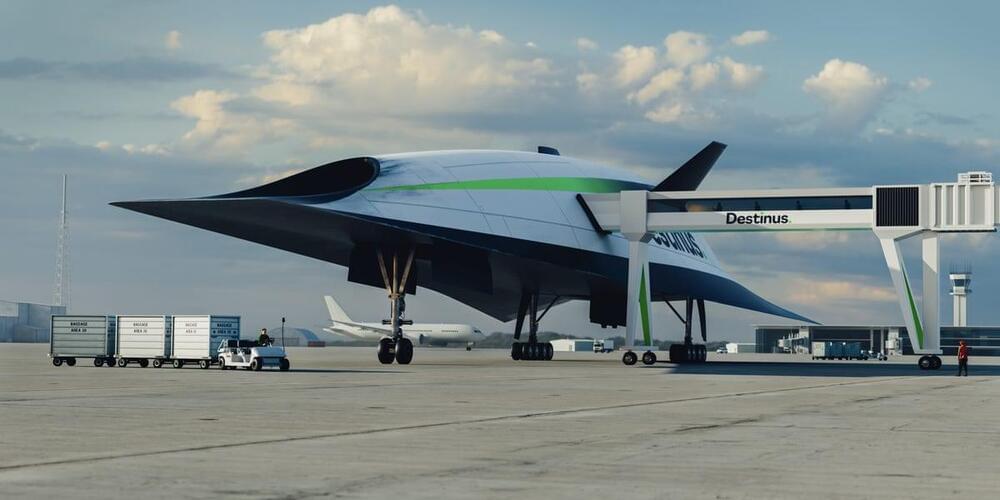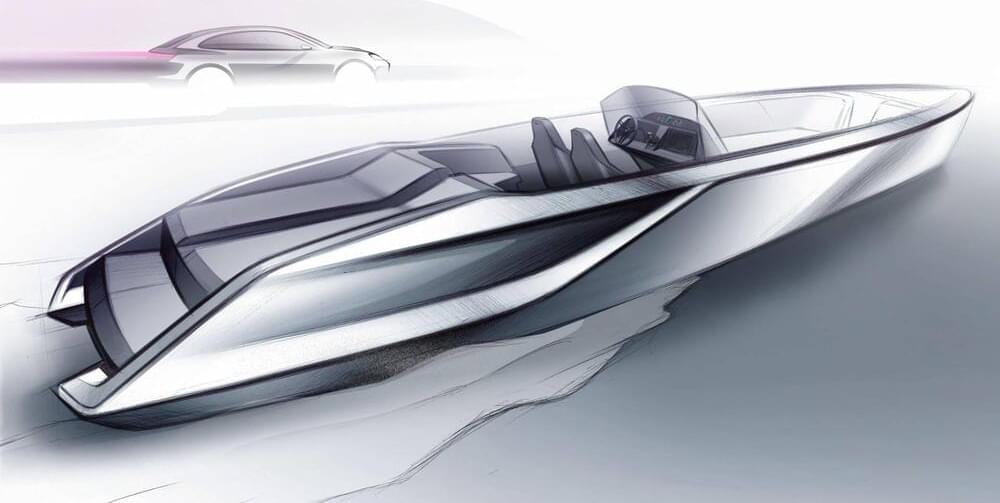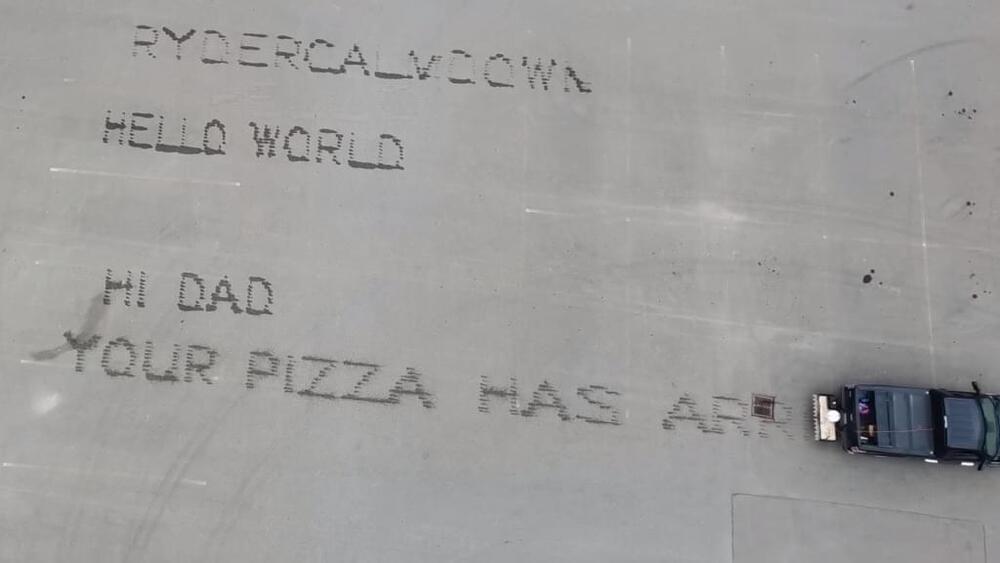In response to a Tesla fan account on Twitter, the CEO suggested AGI was more profound than full self-driving technology.


You may have stumbled across the Flipper Zero hacking device that’s been doing the rounds. The company, which started in Russia in 2020, left the country at the start of the war and moved on since then. It claims it no longer has ties to Russia and that it is on track to sell $80 million worth of its products this year after selling almost $5 million worth as Kickstarter preorders — and it claims it sold $25 million worth of the devices last year.
So what are they selling? Flipper Zero is a “portable gamified multi-tool” aimed at everyone with an interest in cybersecurity, whether as a penetration tester, curious nerd or student — or with more nefarious purposes. The tool includes a bunch of ways to manipulate the world around you, including wireless devices (think garage openers), RFID card systems, remote keyless systems, key fobs, entry to barriers, etc. Basically, you can program it to emulate a bunch of different lock systems.
The system really works, too — I’m not much of a hacker, but I’ve been able to open garages, activate elevators and open other locking systems that should be way beyond my hacking skill level. On the one hand, it’s an interesting toy to experiment with, which highlights how insecure much of the world around us actually is. On the other hand, I’m curious if it’s a great idea to have 300,000+ hacking devices out in the wild that make it easy to capture car key signals and gate openers and then use them to open said apertures (including Tesla charge ports, for some bizarre reason).

Just to shake it up a little bit more, Chatbot Arena is an LLM benchmark platform created by the Large Model Systems Organization (LMSYS Org). It is an open research organization founded by students and faculty from UC Berkeley.
Their overall aim is to make large models more accessible to everyone using a method of co-development using open datasets, models, systems, and evaluation tools. The team at LMSYS trains large language models and makes them widely available along with the development of distributed systems to accelerate the LLMs training and inference.
Chatbot Arena is a benchmark platform for large language models, where the community can contribute new models and evaluate them.

Tesla says its long-awaited Dojo supercomputer, which is supposed to bring its self-driving effort to a new level, is finally going into production next month.
Dojo is Tesla’s own custom supercomputer platform built from the ground up for AI machine learning and, more specifically, for video training using the video data coming from its fleet of vehicles.
The automaker already has a large NVIDIA GPU-based supercomputer that is one of the most powerful in the world, but the new Dojo custom-built computer uses chips and an entire infrastructure designed by Tesla.
EPFL
Engineers at EPFL’s Computational Robot Design & Fabrication (CREATE) lab are training robots to pick the famous fruit on a silicone version that mimics the real thing.
American Airlines has agreed to purchase 20 supersonic planes from Denver-based Boom Supersonic — if the startup can get the ultrafast jets off the ground and approved by regulators.
Why it matters: Supersonic planes, by definition, travel faster than the speed of sound — 767 miles per hour — but Boom’s in-development Overture jet is expected to travel much faster than that, with a cruising speed of 1,227 mph.
That’s about twice as fast as any existing commercial airplane, so it would dramatically cut flight times — at that speed, a trip from Miami to London would take less than 5 hours, compared to today’s 9.5.

Three days ago CNBC reporters visited Pepsi’s Frito-Lay facility in Modesto, California, where it is using Tesla Semi’s new electric trucks. CNBC wanted to see whether the Semis live up to the hype. Watching that report I learned a couple of very interesting details about Pepsi Tesla Semi operations and here I wanted to share with you.

With ambitious goals of being a leader in sustainable mobility, Porsche has joined forces with Frauscher Shipyard in Austria to engineer an electric yacht that is also intended to set standards on the water with its typical Porsche E-Performance. The vehicle is called the Frauscher x Porsche 850 Fantom Air highlighting the collaboration that made it possible.
Porsche.
This is according to a press release by the carmaker published on Saturday.

Many people love the Raspberry Pi (us included). Not only are the computing boards cheap, but you can do so much with them. Wild, wonderful projects spring up all the time with RPi boards as a central piece. The latest creation to catch our eye might just rank as one of the most astonishing: a truck transformed into a dot matrix printer.
As spotted by Tom’s Hardware, YouTuber Ryder Damen (who runs the channel Ryder Calm Down) uses a Raspberry Pi to control his homebrew “printer,” which involves a pickup truck, water, and a whole array of gear to spell out messages on the ground. Damen calls it “skywriting, but on the road.”
In the video, Damen explains how the idea came to be (watching trucks paint markers on the road), as well as the process of constructing the “printer” and the materials used. A plywood and a trailer hitch form the frame of the rig, with solenoids, valves, and hoses then mounted to the wood to serve as printer parts. The solenoids control the valves—when 12V current is applied to them, they open. Meanwhile, the hoses split the water flow from a central point (a pump and a bucket full of water) to each valve.